Adapting Through Data: How We Combat Seasonal Dryness in Kenya
At The Water Project, we believe building a water point is only the beginning. We stay in close partnership with the communities we serve, tracking how each water source performs over time. If something isn’t working the way it should, we want to know so we can fix it ASAP.
As Allison Gregory, our Director of Monitoring, Evaluation, Resolution, and Learning, said: “We are providing services, not just water points.”
We monitor and maintain all water projects across our program areas, and our team identifies trends — like specific types of water points going dry during certain months — that raise red flags and spur us into action.
Allison said: “When you work for an organization like The Water Project that values this data and is willing to act on it, you can use data to guide decision-making, and that leads to more effective solutions over time.”
We don’t just monitor water points — we act on what we learn. And when a water source doesn’t perform as expected, we work with local teams to find a better solution.
Today, we’re highlighting a few issues we’ve noticed recently in our Kenya work area and how we are working to address them.
Our Process
To understand how our water projects perform after installation, we collect functionality data with each of our four quarterly monitoring visits. “Functionality” is based on a number of survey questions our team asks to measure each project’s performance.
Our field technicians check if an adequate quantity of water is available, look for signs of damage or wear, and ask community members how their water source is meeting their needs.

Allison explained, “This data gives us a view into how these water points are performing over time. We are always learning and coming up with new ideas to improve our systems.”
Patterns and Problems
Eucalyptus Trees
When we mapped spring protection projects in 2022, we noticed a pattern. These spring protections were more likely to run dry during drought seasons if non-native eucalyptus trees were growing nearby.
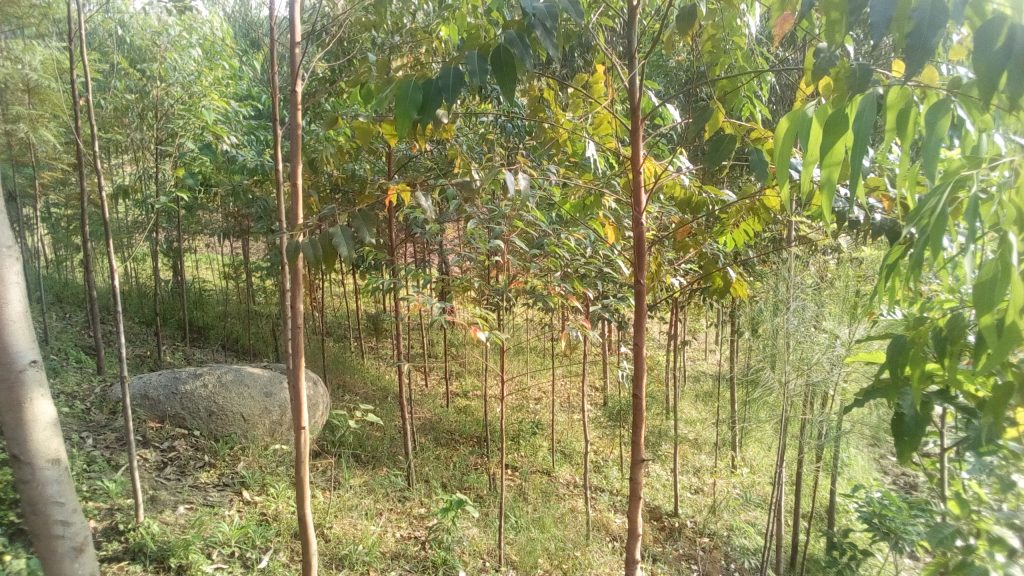
“Most farmers here plant eucalyptus trees because they grow fast compared to indigenous trees, and they have a ready market, more so in the building and construction industry,” explained Western Kenya Program Officer Sam Ngidiwe.
Eucalyptus trees pull large volumes of water from the soil, especially in dry periods, which can compromise spring flow. Since identifying this correlation, we’ve worked with communities to remove these trees and prevent new ones from being planted close to water sources.
For more details about this issue and its resolution, you can read more here.
Western Kenya Rainwater Harvesting Tanks
After reviewing data from school rain tanks in Western Kenya, our team noted that those water sources weren’t always meeting students’ needs year-round. We analyzed the data thoroughly, examining technical issues as well as factors like school enrollment and water usage rates, and determined that rainwater tanks may not be the best intervention for high-population schools in Western Kenya. Instead of treating those projects as one-time interventions, we listened, learned, and adapted.
“Consistent data over time helped us see when rain tanks were going dry in Western Kenya and helped us make the programming decision to start drilling boreholes,” Allison said.
Allison shared that our team “followed up on rainwater tank functionality in Western Kenya with a mixed methods study, collecting data through focus groups, key informant interviews, and additional surveys.”
“Collecting qualitative data gave us a new perspective because we were able to hear directly from schools on key issues that the Program team was grappling with,” Allison explains. “I think engaging users in this way is meaningful follow-up.”
In response, we began installing boreholes wherever possible and piloted gutter extension projects to help schools with repeated rainwater shortages capture more rainwater.
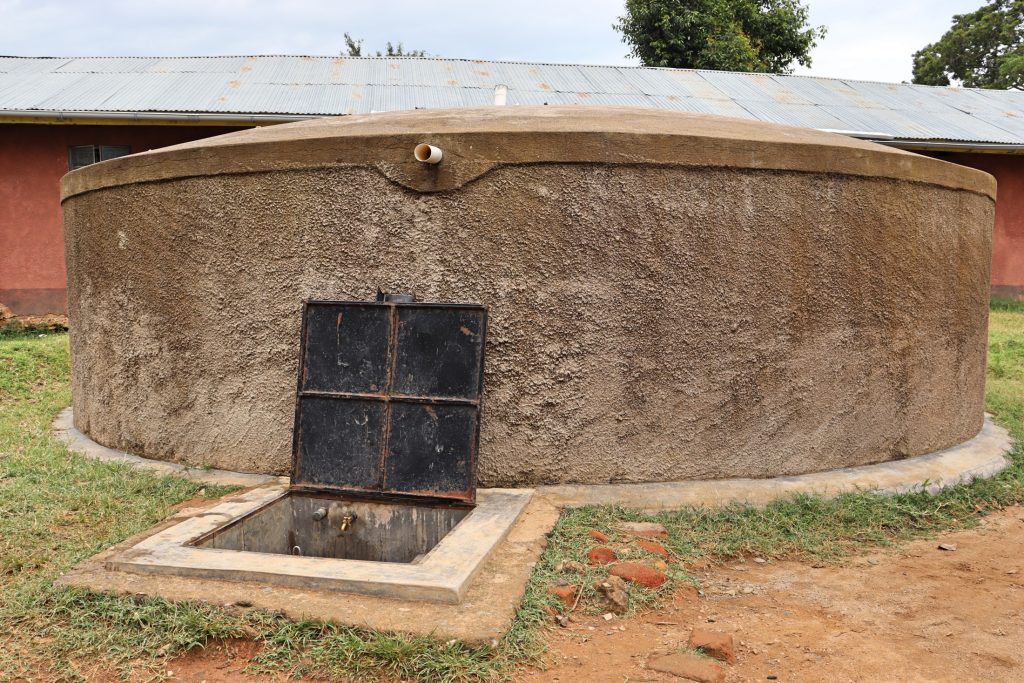
Tangent: Why Rain Tanks, Then?
One natural question some readers may have is: If rain tanks sometimes go dry, why do we still build them in Southeast Kenya?
The answer lies in regional variation.
“Each of our program areas is so unique—not only geographically, but also in diverse climates, cultures, implementing strategies, and supporting environments,” Allison says. “We try to stratify our data to identify trends by region where we can.”
In Southeast Kenya, rain tanks continue to be an effective, reliable source of water for schools.
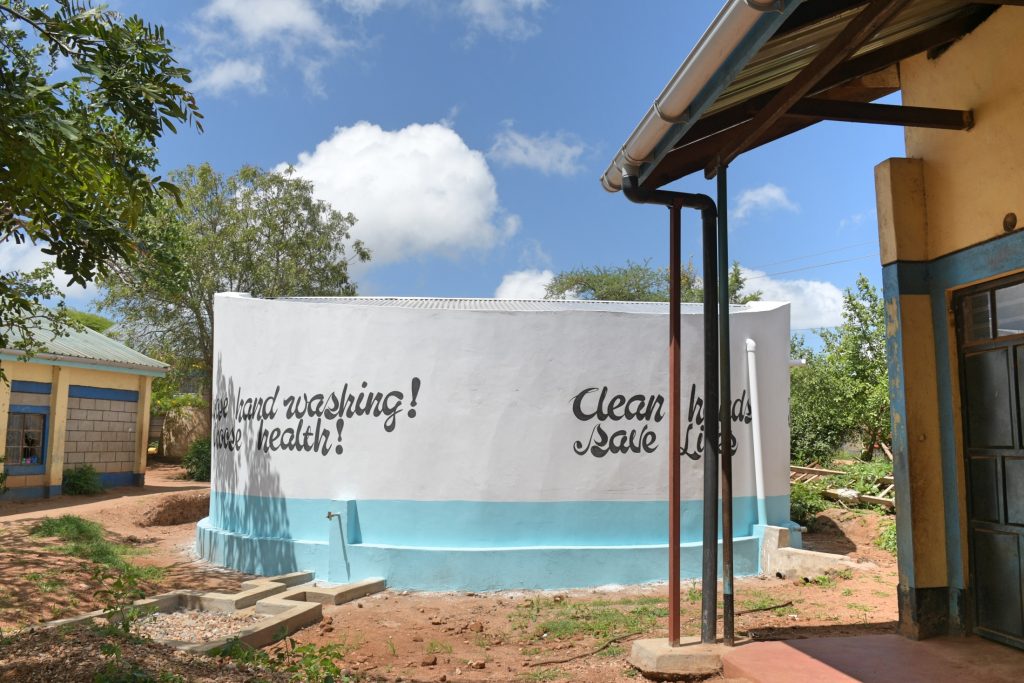
Through the power of remote sensing, we’ve been able to observe a sample of rainwater tanks in each program area. We partnered with a Nairobi-based company called Mobi-Water to install tank-level sensors on rainwater tanks in Southeast and Western Kenya. Rainwater tanks are more susceptible to seasonal fluctuations than groundwater sources, so we found that quarterly monitoring visits weren’t giving us the full picture. The sensor data gives us more information about daily water access and how it changes in the dry season.

“Rainwater is an important source in these regions,” Allison explains. “A rainwater tank could make a huge difference for schools in terms of time students spend searching for water, days where water is available on school grounds, etc.”
Even during Southeast Kenya’s increasingly lengthy dry season, our data shows that rain tanks often provide reliable water access to their respective schools.
Hand-Dug Wells in Southeast Kenya
In some communities in Southeast Kenya, shallow wells connected to sand dams experience seasonal drops in water levels.
“Right now, Southeast Kenya is experiencing a dry period, and 25% of the dug wells are nonfunctional,” Allison said. “We estimate that about half of those are due to a vandalism issue we are working to address. So, closer to 15% are assumed to be dry right now. Only 3% of the rainwater tanks in Southeast Kenya are nonfunctional.”
That doesn’t necessarily mean the community is left without options.
In these rural areas, where homes and farms are often spread out across large distances, we often construct multiple sand dam and shallow well pairs to serve the same general population. When you see a community name like “Nzakya Community 2A” on our website, it means that’s our second sand dam/shallow well set in that area.
But rather than jumping to build a new project whenever one runs dry, we let the community choose whether to build another.
“Project priorities are based on engagement with local groups and their desire to do more projects,” Allison explained. “Some are content with just one or two dams and wells, while others want more.”
If conditions allow for additional wells and the community is ready to take them on, we continue building.
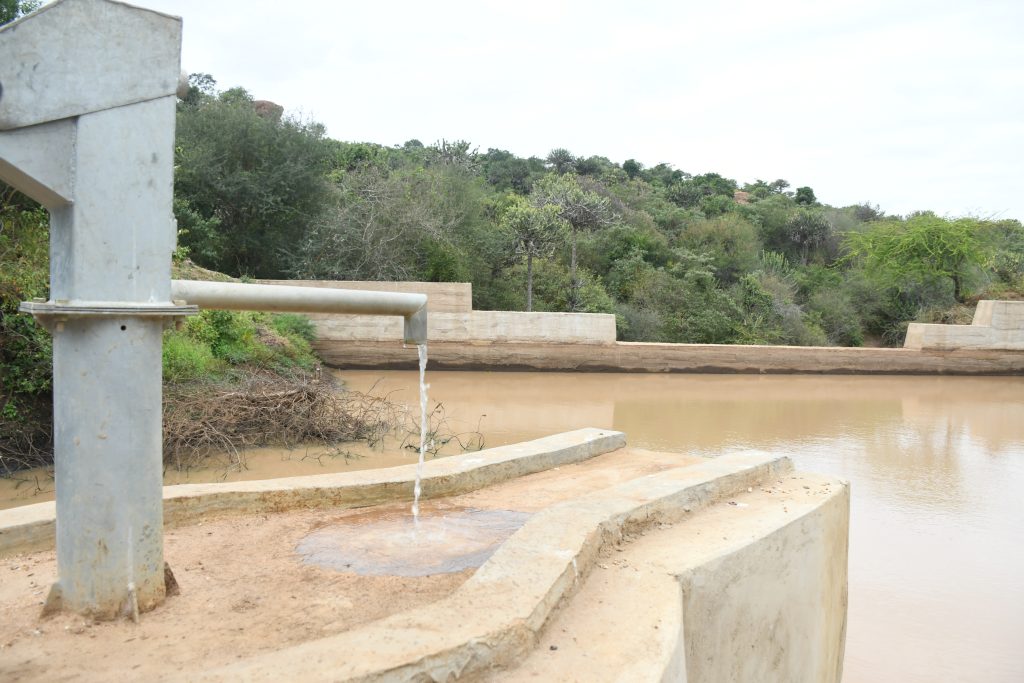
And when we build, we always try to build better than we did the last time. For example, we have learned that building larger sand dams over wider riverbeds retains a lot more water through dry seasons. In other words, when the sand dam length increases, so too does the functionality of its nearby well.
“Regular data collection and analysis helped us identify minimum widths for sand dams,” Allison said. “We found that wider sand dams correlate with more functional wells (more likely to have water in the dry season), so we started prioritizing those wider riverbeds.”
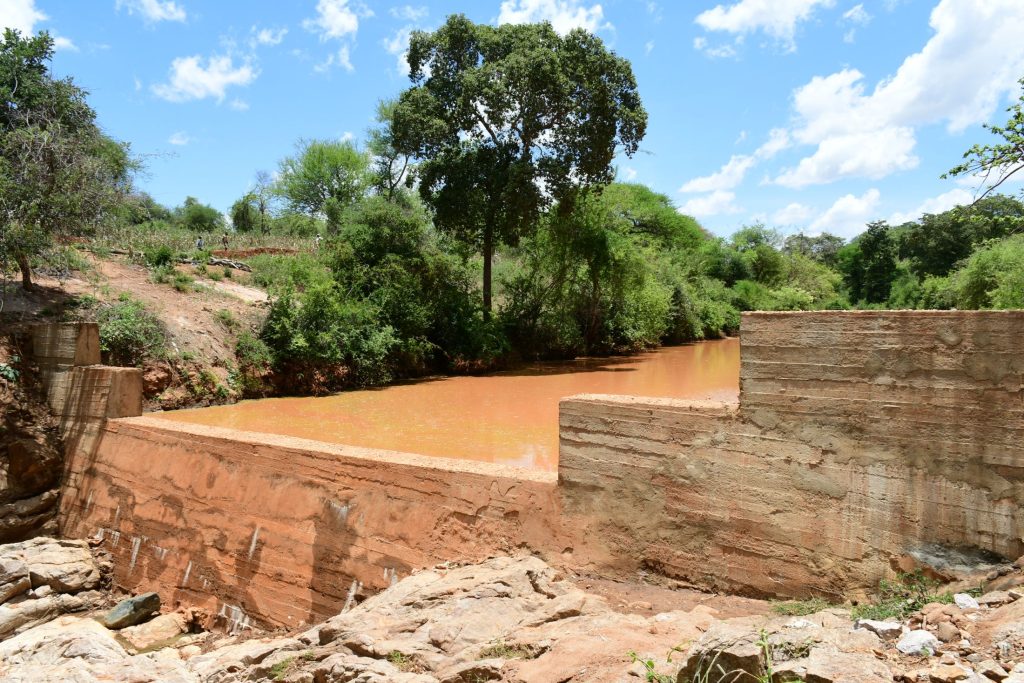
Through further exploration, we also identified more variables we can investigate in the future: for instance, the volume of sand behind the dam, the number of sand dams in the river channel, and the river channel’s width.
The findings from this study helped to improve reliable year-round water access for communities in southeastern Kenya.
From Data to Decisions
At The Water Project, we’re committed to fixing what’s broken and strive to build a culture of data-informed improvement.
“Collecting data on the functionality of water points several times per year, visualizing that data on dashboards, and asking communities and schools to call in to report when their water points stop working keeps functionality in the conversation all the time,” Allison said. “This leads to so many tiny shifts and adjustments that are hard to quantify, but have really shaped our work and gotten us to where we are today: an organization that relies on data to provide the best water services possible.”
Why This Matters—and How You Can Help
The Water Promise is how we ensure water keeps flowing. It’s our commitment to long-term reliability, built on a foundation of data, local relationships, and ongoing care.
The name comes from our promise to each community to keep their water flowing. As our founder, Peter, always says, “Broken water points are broken promises.”
When donors like you support The Water Promise, you sustain water points through regular monitoring, community feedback, and smart program adjustments.
If you believe water should keep flowing year after year — through every season, and through every challenge — then you’re already part of that mission. By deepening your support today — through a new monthly gift or by increasing your current donation — you can ensure even more communities have reliable, lasting water access. Together, we can make water truly sustainable for the people we serve.
Home More Like ThisTweet